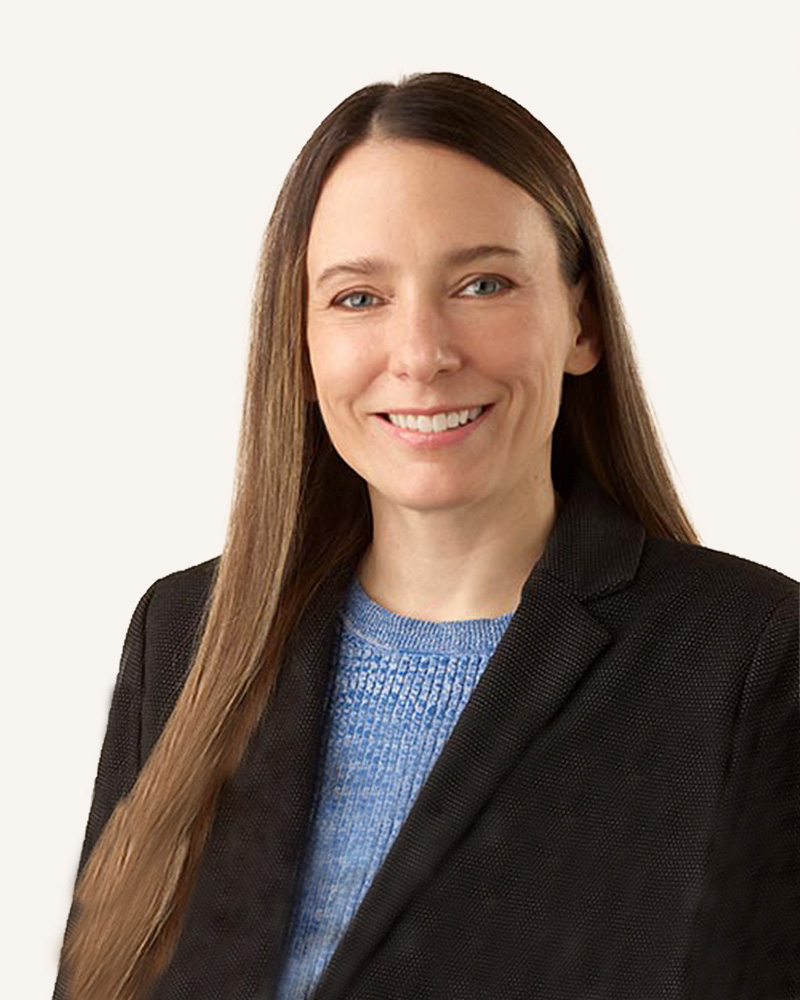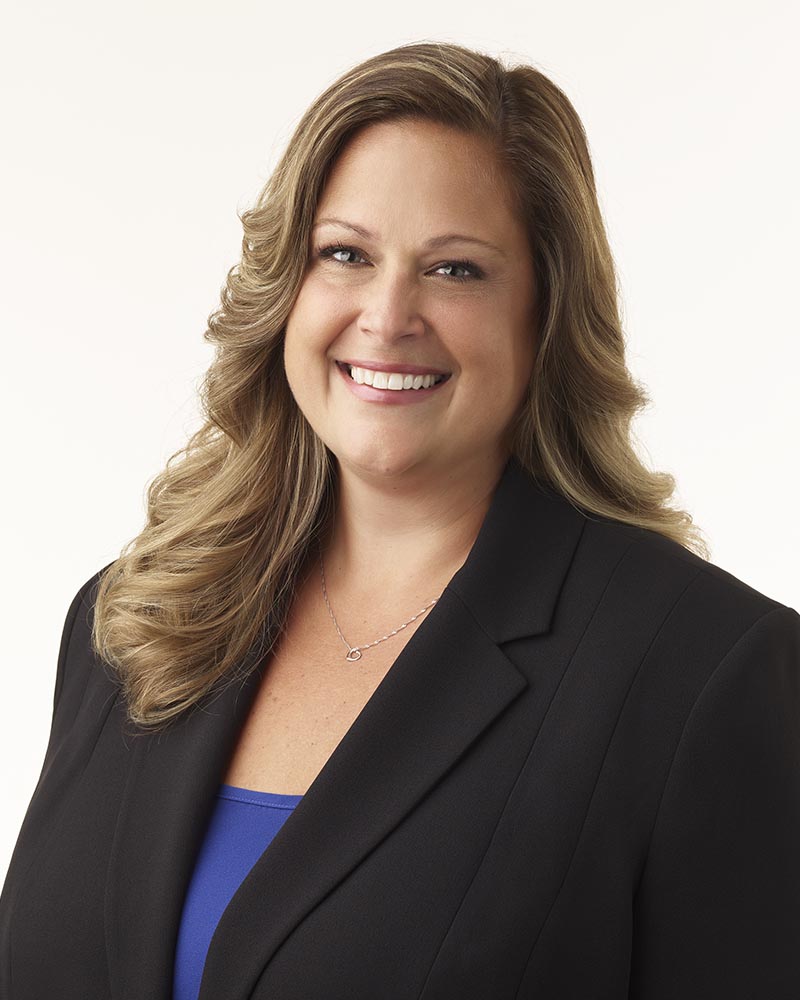By Leslie Parker, Sr. Architect Risk Alliance and Andrea Lalonde, VP, Underwriting
It’s not unusual for architects to turn their talents inward — sketching a dream kitchen, planning a long-awaited addition, or designing the perfect home for their family. But when you’re both architect and homeowner, how does your Professional Liability Insurance (PLI) respond, and what other risks should you consider?
Our Risk Alliance and Underwriting teams recently fielded this exact question and thought the insights would be helpful to share.
1. PLI Coverage Is Designed for Work Performed “for Others”
Your Professional Liability Insurance exists to protect you when you’re providing architectural services to clients — third parties who rely on your professional expertise.
But what if the client is you?
In this case, the situation is more nuanced. Since you’re both the homeowner and the architect, you effectively become both the service provider and the recipient. Most PLI policies, including Pro-Demnity’s, do not extend coverage to claims in which you — as the homeowner — would benefit from making a claim against your own practice.
2. Understanding the Limits of Coverage
Let’s say your home suffers serious water damage due to a defect in the exterior wall assembly. Your homeowner’s insurance covers the repairs — but the insurer then seeks recovery from your architectural practice, who prepared the permit drawings for the wall assembly.
That kind of claim — where the Certificate of Practice policy holder and the homeowner are the same person — would not be covered under your PLI.
However, if a third party — say, a guest visiting your home — is injured due to a design issue and sues your architectural practice, your policy could respond, depending on the circumstances and policy wording.
Another scenario: you sell the home. If a future owner makes a claim against your design work, your PLI could then offer coverage, again depending on the specific circumstances and policy wording.
3. Construction Phase Services May Be Excluded
Many architects who take on personal projects also manage the construction. If that’s part of your plan, be aware that Pro-Demnity’s PLI policy excludes coverage for services delivered during construction if you’re also acting as the constructor or construction manager.
In short: if you’re coordinating trades as the homeowner, while also providing construction phase services such as site review and shop drawing review as the architect, the overlap in roles may trigger a policy exclusion for those services. It’s a good idea to review Exclusion 29 of your policy for a fuller explanation.
4. Disclosure Is Required
You also need to disclose your role on your own home project to our underwriting team. You’ll be asked to complete a short form, which helps determine the insurable value of your services. That value factors into your policy’s premium calculation.
You can disclose this at any time during the project or at your next renewal, though you are encouraged to disclose these services sooner than later. The process is straightforward and promotes transparency in your coverage.
5. Spousal Consent and Ownership: Don’t Overlook the Human Factor
Designing your own home is often a personal dream — and sometimes, a shared one. If you’re in a spousal or common-law relationship, and the home is intended for both of you, it’s important to consider the risks that can arise when professional roles and personal relationships overlap.
Disagreements over design, unclear expectations, or future changes in the relationship can complicate the project and create potential liability — especially where cost decisions or design decisions were not well documented.
Seven Risk Management Best Practices
- Separate your roles. Use different email addresses, filing systems, and communication channels for your work as architect versus homeowner. Treat the project documentation the same way you would for a client.
- Hire engineers directly as the owner rather than through your practice. This reduces the chance that your architectural practice could be sued due to a consultant’s error, and any resulting coverage gap. Again, be clear which “hat” you are wearing in your communication with consultants.
- Confirm that the engineers you hire as homeowner carry their own PLI — and the amount.
- Review your full insurance picture. Beyond your PLI, speak with your broker about what other insurance coverage may be appropriate during construction — and confirm your contractor’s coverage.
- Consider disclosing your dual role on the project to your property insurer, and discuss any concerns.
- Get your spouse’s approval. Documented agreement on design and cost decisions can help avoid future disputes — especially if expectations change.
- Consider legal advice on ownership implications. Understand how the ownership structure of the home may affect your liability exposure — especially if your architectural practice is performing the work and you share ownership with a spouse or partner.
By understanding how your PLI policy responds, making thoughtful disclosures, and addressing both the professional and personal dimensions of your project, you can reduce the likelihood of unpleasant surprises down the road — and enjoy your new home with greater peace of mind.
For more personalized architectural practice risk management advice, you may request a complimentary and confidential meeting to Speak with an Expert or Report a Claim.
Our Contributors

Leslie Parker, M.Arch, OAA, MRAIC, is an experienced architect with extensive knowledge in contract administration and project management of large teams, as well as deep expertise of built environments for healthcare, long-term care homes, and design for seniors. As Senior Architect, Risk Services at Pro-Demnity, she monitors new developments in the profession and leverages this knowledge to contribute to the research and development of Pro-Demnity’s risk education material, initiatives and programs, while offering relevant and timely one-on-one risk guidance to architects. She is a licensed Ontario architect, with a BA from St. Thomas University, Fredericton, New Brunswick, as well as a Bachelor of Environmental Design Studies and Master of Architecture from Dalhousie University, Halifax, Nova Scotia.

Andrea Lalonde, CIP, is a professional liability insurance expert with 22 years of experience at Pro-Demnity. She is a seasoned insurance leader, and as Vice President of Underwriting, oversees the Underwriting Team, ensuring excellence in risk assessment and coverage provisions. With an acumen for re-insurance, Andrea’s expertise is in providing Ontario architects with specialized professional liability coverage for their practices. She is a Chartered Insurance Professional (CIP) committed to professional excellence in the insurance industry and holds membership with the Professional Liability Underwriting Society. Andrea’s greatest professional joy is when architectural practices succeed in understanding their insurable coverage and leveraging insurance protections appropriate to them.

